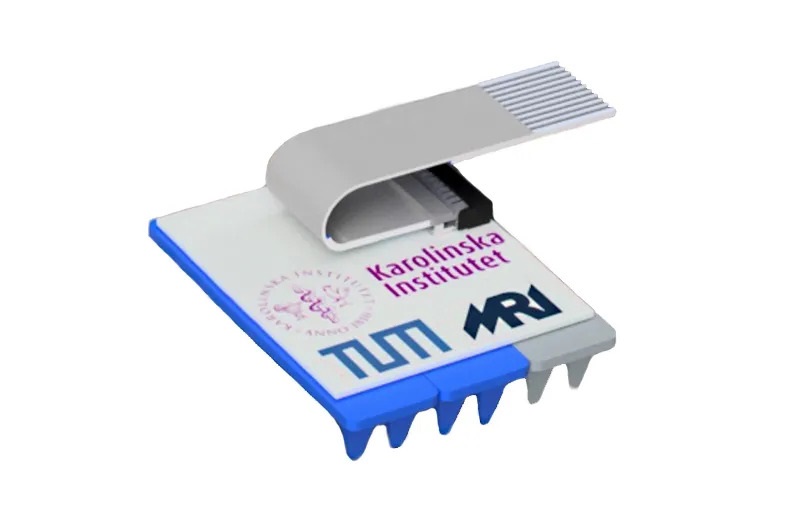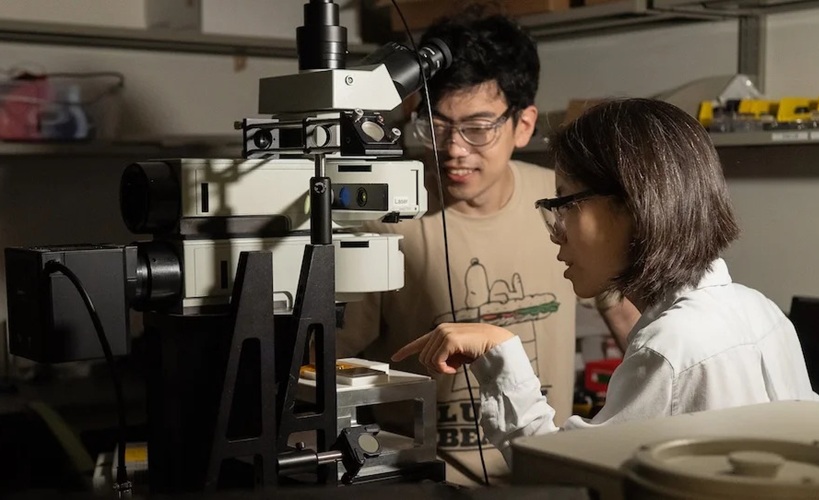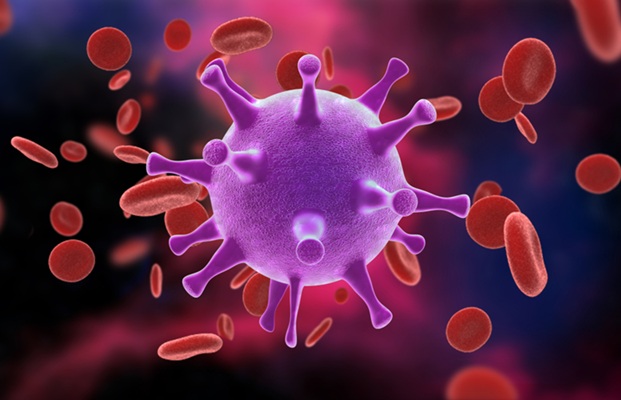Microneedle Patch Detects Skin Cancer Early
Posted on 31 May 2024
Wearable bioelectronics has emerged as a significant innovation in healthcare, especially in the field of biosensing, providing a new method to monitor individual health for both diagnostic and therapeutic purposes. Despite its advancements, there has been a lack of progress specifically in the area of cancer, and more notably in skin cancer detection. Researchers have now introduced a novel technique for identifying malignant melanoma, which is the most serious type of skin cancer and also the fastest growing.
A groundbreaking study conducted by researchers at Karolinska Institutet (Stockholm, Sweden) led to the development of a new type of patch equipped with microneedles designed to detect the biomarker tyrosinase directly within the skin. Tyrosinase is an enzyme that serves as a crucial biomarker for malignant melanoma. By assessing the enzyme directly in the skin, this approach allows for the rapid detection of changes indicative of the disease. The feasibility of this transdermal microneedle sensor for directly quantifying tyrosinase has been demonstrated in an ex vivo skin model.

In their research, scientists employed human tissue samples from healthy individuals. They applied tyrosinase to these samples to simulate the presence of skin cancer. Their findings suggest that this new patch could serve as an effective alternative to traditional diagnostic techniques, facilitating earlier detection and treatment of malignant melanoma. The researchers are optimistic that their invention will reduce the need for invasive procedures and enhance the quality of life for patients. This innovation marks a significant step forward in improving skin health monitoring and could potentially be adapted to detect other biomarkers simply by altering its design.
“Our method is less invasive and has the potential to provide faster and more reliable results compared to traditional biopsies,” said Onur Parlak, Associate Professor at Karolinska Institutet. “Our goal is to continue developing and improving this technique to offer more accurate and painless diagnostics.”
Related Links:
Karolinska Institutet













